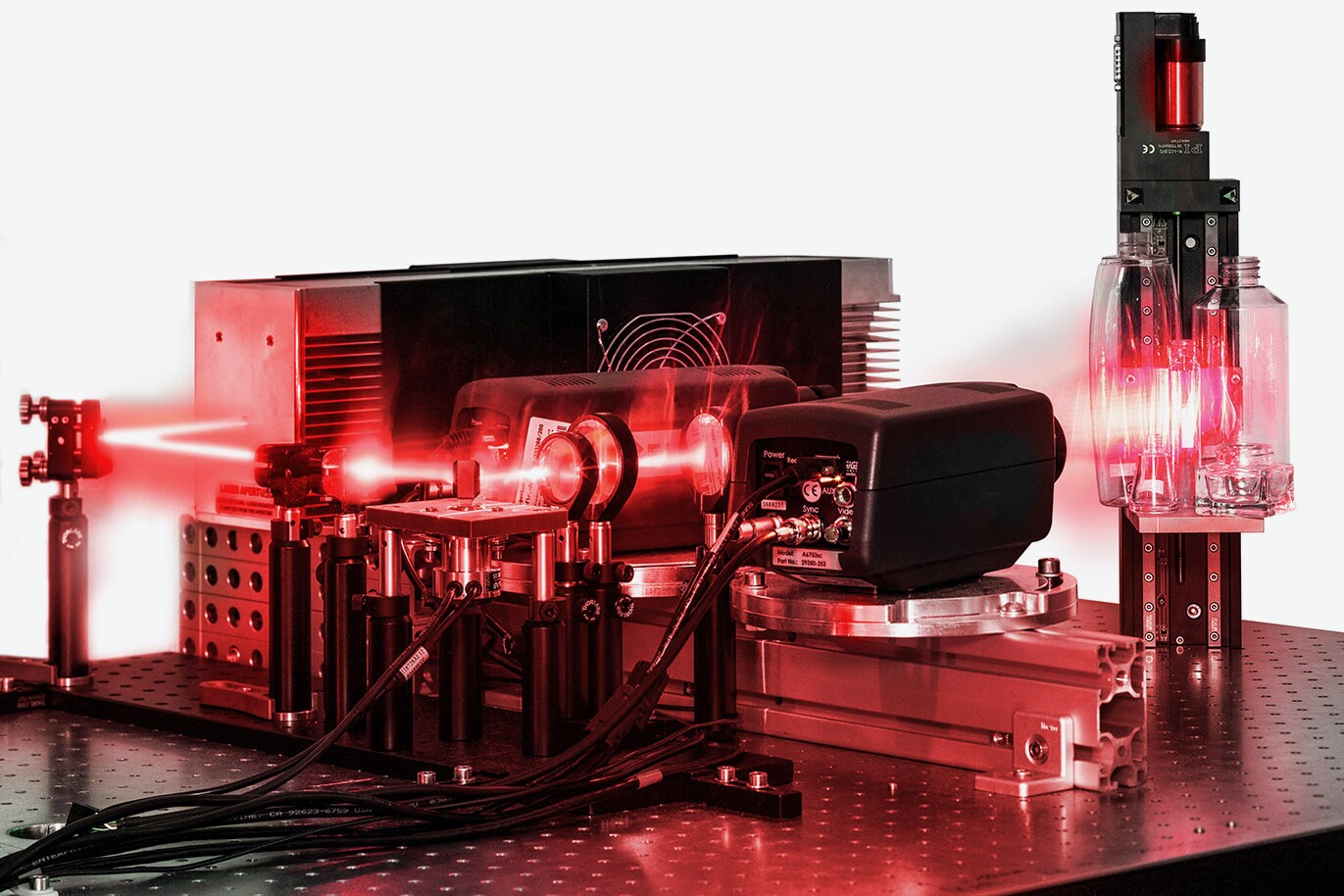Researchers at the U.S. Department of Energy‘s Lawrence Berkeley National Laboratory in Berkeley, California, have achieved a breakthrough in ultrasound technology. They showed a technique for creating, detecting and controlling ultrahigh frequency sound waves at the nanometer scale.
This breakthrough could lead to high-frequency ultrasound imaging that has 1,000 times higher resolution than today’s medical ultrasounds.
Science behind: Making use of laser pulses and unique nanostructures, the team of scientists produced acoustic phonons. These acoustic photons move through an atomic lattice as sound waves at a frequency of 10 gigahertz (10 billion cycles per second). However, if we compare it with present medical ultrasounds, present ones typically reach a frequency of only about 20 megahertz (20 million cycles per second.)
In addition to the resolution for acoustic imaging, these acoustic phonons can also be used to see subsurface structures in nanoscale systems that optical and electron microscopes cannot.
Advantages of Acoustic imaging over optical imaging:
- The ability of sound waves to safely pass through biological tissue has made sonograms a popular medical diagnostic tool.
- Sound waves are a valuable tool for the non-destructive testing of materials.
- Ultrahigh frequency phonons can pass through materials that are opaque to photons, the particles that carry light.
- Ultrahigh frequency phonons also travel at the small wavelengths yielding a sharper resolution in ultrasound imaging.






